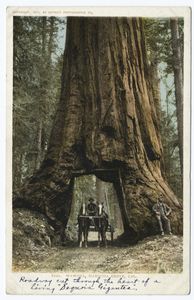Good morning,
I hope you all had a lovely four day weekend. You may remember that last week were looking at the Native American view of nature. This week we are going to take a look at the Puritan view of nature.
You remember the Puritans. They were some of the first Europeans to settle in New England. We read about them in The Crucible.
The Puritans first arrived in Plymouth in 1620. Their leader, William Bradford, wrote a book about their experiences. He called it "Of Plymouth Plantation". We are going to look at a very short excerpt from that book. (Also in your textbook if you need it.)
There are a lot of steps here. Follow them carefully and ask for help if you get stuck.
1. Click on this link for the Excerpt of
"Of Plymouth Plantation"
2. Copy the URL for that page. (Highlight and Ctrl+C)
3. Go to
The Awesome Highlighter.
4. Delete the http:// that is already there and then paste in (Ctrl+V) the URL for the excerpt.
5. Use Awesome Highlighter to highlight all the sentences or phrases you find in the text that show what the Puritans thought about
NATURE in "the new world".
6. Click DONE when you are finished.
7. Awesome Highlighter will give you a
custom URL just for your highlighted page.
8.
Copy and Paste that URL into your English Journal under today's date.
9. In your English Journal UNDER your link WRITE what you think the Puritans thought of nature.
